Marine Pollution in the Spotlight
Presented by Artist, Alicia Hayden
"Our oceans are threatened by so many of our human activities. We may focus on plastic pollution, but noise, light, and chemical pollution must also be tackled, before the damage creates irreversible repercussions for marine wildlife" -Alicia Hayden
WHAT IS MARINE POLLUTION?
Marine pollution occurs when human activity causes harm to our oceans. It can take the form of physical substances entering marine ecosystems, such as chemicals, particles, waste, and plastic; or more passive pollution sources - such as noise and light. The main types of marine pollution can broadly be classified as chemical, noise, light, and plastic, and together they are responsible for thousands of marine organisms dying every year.
HOW IS MARINE POLLUTION AFFECTING MARINE LIFE?
Light
Almost every area in the world now has access to artificial light sources, and this has led to light pollution increasing by a rate of 2% per year. Not only is light pollution increasing on land, but it is penetrating into our oceans and disrupting marine life.
Light pollution affects marine organism’s circadian rhythms, which are the natural, internal processes regulating an organism’s sleep cycle and behaviour. Increased light levels in our oceans are disrupting marine organism’s internal body clocks, affecting their reproduction and overall fitness. Furthermore, artificial light at night causing the skies above oceans to glow has led to a reduction in melatonin production in fish, affecting fish sleep, immune systems, growth, and reproduction.
Noise
Noise pollution, which can be caused by machinery and boats, along with other anthropogenic sources, makes it harder for organisms to hear sounds which help them find others, communicate, locate prey, or avoid predators. Anthropogenic noise pollution has negatively impacted the hearing of marine organisms - boats alone are responsible for a 32-fold increase in ocean noise over recent years.
Furthermore, climate change means that noise pollution is able to travel further in our oceans, as altered salinity and temperatures at the depth between 100 and 200m has created a tunnel which is optimum for noise transmission. Therefore, anthropogenic noise will have increased reach in the future.
Noise pollution is not only disorientating to marine organisms, it can also permanently damage the hearing structures of marine mammals, resulting in trouble hearing and increased disorientation.
Plastic
Plastic pollution is one of the most talked-about areas of marine pollution, responsible for 100,000 marine mammals dying from ingesting plastic every year, and many more from entanglement or suffocation.
It has several consequences on wildlife: ingestion - which is often fatal due to the chemicals within plastic seeping into the organism’s body; entanglement; suffocation; injury; and starvation - which can occur due to any of the other consequences which then prevent an organism from being able to feed as normal.
Floating plastic debris is also responsible for the spread of aggressive alien and invasive species, and harmful bacteria, which can disrupt the natural ecological processes of an ecosystem - destabilizing food networks, and upsetting the natural balance of a marine landscape.
Chemical
Chemical pollution is the introduction of harmful contaminants, such as lead, fertilisers, oil, sewage, and pesticides, into our marine ecosystems. Chemicals may enter rivers or oceans through various ways: agricultural runoff, oil spills, illegal dumping, poor sewage treatment, etc. Chemical pollution can eventually lead to ecological dead-zones in the water.
Human pharmaceutical drugs, such as birth control pills, are known to make their way into aquatic food webs and affect marine life. The pill has been shown to alter fish behaviour, and change the sex ratio of marine organisms, affecting their breeding patterns and reducing the number of offspring.
WHAT CAN WE DO TO HELP?
Study Marine Pollution
Read scientific papers, and follow organisations tackling marine pollution!
Some scientific papers and resources I’d recommend:
“Sea pollution”, Young People’s Trust for the Environment
“The Soundscape of the Anthropocene Ocean”, Science
“Marine pollution, explained”, National Geographic
“Environmental implications of plastic debris in marine settings—entanglement, ingestion, smothering, hangers-on, hitch-hiking and alien invasions”, Royal Society B
“Light Pollution from Coastal Cities Reaches Seafloor”, Scientific American
“Noise pollution on coral reefs - A yet underestimated threat to coral reef communities”, Science Direct
Some of the main ocean and marine clean-up charities and groups are:
Celebrate Marine Life
Raise awareness about marine pollution - particularly noise, light, and chemical pollution, which are less explored and discussed in the mainstream media. Create a song, a film, a photography portfolio, a short story, a poem, or a piece of wildlife artivism. Use #CreatureConserve #MarinePollutionArt hashtags when posting your art online.
Protect Marine Life
Taking part in beach or water clean-ups is a great way to remove plastic, and other harmful debris, from entering, or remaining, in our oceans and waterways. Just be careful to wear gloves when handling debris, and dispose of it properly so it doesn’t end up on a beach or in the sea again! You can find out more about beach clean-ups through Plastic Ocean and The National Trust, and if you don’t fancy doing the beach clean-up yourself, but still want to support marine clean-up organisations, you can always donate, or raise awareness about their work.
You can also put pressure on companies to reduce plastic and chemicals in packaging; as well as lobbying policy makers and MPs to tighten laws about dumping waste in water courses, and about the use of agricultural chemicals near waterways.
Artworks by Alicia Hayden (@aliciahaydenwildlife)
